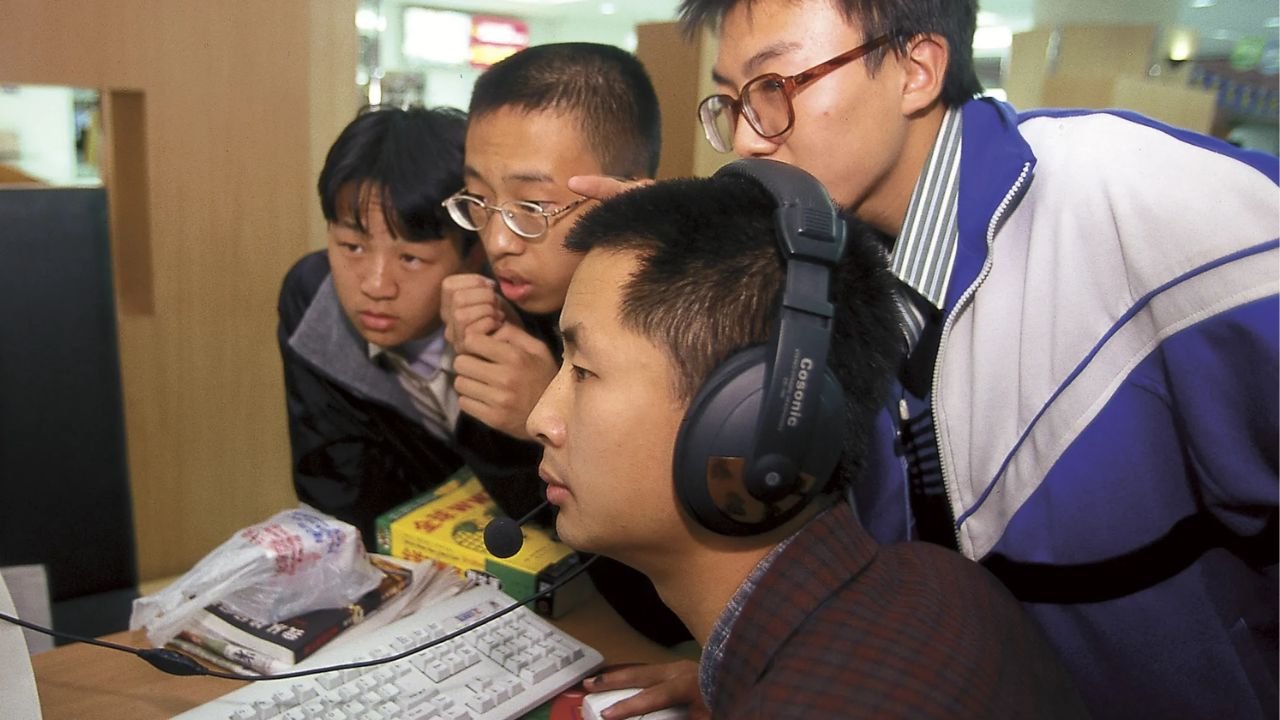A field service mobile application presents the companies with a convenient decision of managing the operations and customer satisfaction. It simplifies the procedures like scheduling, dispatching, and monitoring of tasks and eventually increases productivity and minimizes time involved in responding. These apps assist field technicians and help them to distribute resources by incorporating real-time data and communication tools.
Time and space management: in such a rush-oriented environment, being orderly and attentive is essential. Technicians can also obtain critical data in real-time using a mobile app and respond to the needs of their customers quickly. This connectivity is not only useful in empowering workers but also in giving a better relation with the clients in relation to better service delivery.
With collecting data in the field becoming a technology-intensive job, the implementation of a mobile solution can become a breakthrough. The appropriate mobile application can save on administration, improve accuracy and save substantially on costs. Adoption of this technology is imperative to the companies that would want to remain competitive in the current market.
The Essential Characteristics of aField Service Mobile App
With some important features, the field service mobile apps can easily improve the operations. These features help in automation of workflows, enhance communications and give the technicians in the fields access to important information in real-time.
Dispatching and Real-Time Scheduling
The real-time scheduling enables the managers to assign any task to any field technician in a fast manner depending on the availabilities of that technician and also geographical locations. This allows to shorten the response time and streamline the resources of the workforce.
Dispatching function gives alert to technicians of their duties. This notification may contain job description, location and customer directions.
Visual calendar can be used as a means through which managers can monitor appointments and easily reschedule items accordingly. Such agility is essential when dealing with crisis or any other type of unforeseen deviation.
Inventory and Asset Management
Good inventoryy management helps the technicians to keep track of the equipment and parts on site. This minimizes on downtimes that cause missing of tools or supplies in the line of duty.
The exciting part about the field service mobile apps is that they have bar code scanning. It is easy to perform inventory checks and updates in stock statuses using their devices.
Also, asset management monitors the status of the assets of the company and their location. This message favors preventive maintenance since one is sure of equipment that is kept in good condition.
Work Order Management
Work order management combines and monitors every work related to job. Work orders can be viewed and edited by technicians using their devices and this improves accuracy and accountability.
It is common to save documentation regarding the app such as photos and notes concerning each service call. This will make sure that any required information will be documented to refer to it later.
Additionally, completion statuses should be real-time updatable so the field workers and office personnel will be in touch with each other. This accountability reduces the occasion of billing and reporting delays.
Customer data available on mobiles
Customer data on the mobile gives technicians the much-needed information prior to their onsite presence. It entails history of customers, their preferences and their past services.
Availability of this information promotes positive interactions with customers. The data might provide technicians with an opportunity to become more personal in their service strategy.
The application frequently enables updating the customer profiles when visiting. This will help in ensuring that should there be any changes in the service required or the feedback they can be immediately recorded so that the future can be consulted.
In-Field Payments Processing.
During the payments, in-field aids the billing process of the customers. Issuance of invoices will simplify its process since the technicians will be able to do it with their mobile devices.
Technicians will be covering the preferences of the customers by accepting various payment options, such as credit cards and using digital wallets. This is flexible enough to increase customer satisfaction and facilitate faster payment cycle.
Moreover, businesses can get better cash flow with the assistance of an immediate payment processing. There is also less time lag during invoicing, since it can be done on the spot, and the services can be paid instantly.
Routing and GPS Features
The addition of GPS allows the precise monitoring of the technician whereabouts. This information maximizes the route of the call of services by minimizing the time and fuel use.
The app may contain turn-by-turn directions and direct the technicians to their jobs effectively. This is particularly useful where the routes are complex such as in an urban setting.
Moreover, technicians can avoid delays due to real-time traffic information. The app will help to improve service delivery and the productivity of the business by supplying fastest ways.
Best Practices To Implementing a Field Service Mobile App
There are some important practices associated with effective implementation of a field service mobile app. The key success factors include concentrating on user training, making sure data security, system integration with existing systems and promising periodic updates. All these aspects are important in adoption of and performance of the app.
Training and Support to the Users
Training is important in ensuring that maximum value is derived in the usage of a field service mobile app. It is important to ensure that sufficient training is conducted to familiarize all members of the team with how to use the app.
Some of the aspects that should be trained are:
- App navigation
- Feature functionalities
- Troubleshooting issues
Continued helping is also important. The provision of such resources as help desks, frequently asked questions, and user manual may help the staff when they experience difficulties. Such training sessions can be done continuously to bring update or new features and build confidence among users.
Data Securities and Privacy
In the rollout of a mobile app, data security should be a major priority. The protocols should be established to prevent accessing the sensitive data by an unauthorized user.
Important strategies would be:
- Encryption of data as it travels Data encryption when it is transmitted
- Performance of Security
- Role based access controls
The employees are to undergo training on best practices on data handling. Such awareness can reduce the possibility of data breach and increase the trust level to the system. Clearly defining privacy policy enables people to have an idea on how their data is handled.
Interoperating with Others Systems
The mobile app is necessary to be connected with the existing systems to promote smooth operations. It also makes sure that there is no stagnation of data between the app and other software and there is also reduced wastage of effort.
Determination of key integrations is essential, i.e.
- Customer relationship management systems (CRM)
- Management tools on inventory
- Scheduling tools
This is a way to automate the working processes and enhance efficiency. By taking a comprehensive evaluation of the available systems prior to the implementation of the same, one can have a more customized integration process that would meet the needs of a particular organization.
Updates and Regular Maintenance
The effectiveness and safety of the mobile app will also demand regular improvements and updates. The app developers are expected to be aware of the changes that are taking place in the technological world and opinions of users to add features to their product.
The consistency can be achieved with the help of setting the schedule of updates. Take into consideration the following concerning maintenance:
- Bug fixes
- Interface enhancements
- Rollout of new features
Regular care minimizes chance of the system failure and increases user satisfaction. Updates should be well communicated to the users so that they can use the app appropriately.



